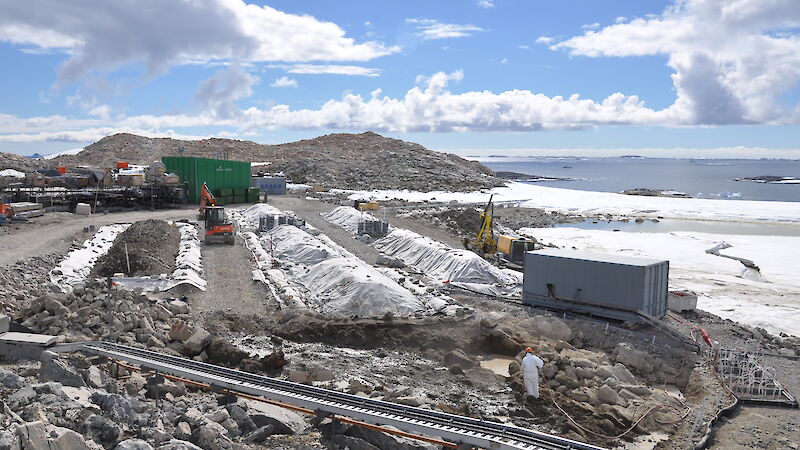Research is conducted in 3 key areas:
- trends and sensitivity to change
- vulnerability and spatial protection
- protecting marine biodiversity.
The research aims to:
- identify ecosystem sensitivities and vulnerabilities to environmental stressors
- identify signals of ecosystem change caused by human activity
- provide a scientific foundation for a system of spatial management and area protection in Antarctica
- develop a system of marine protected areas in the Southern Ocean.
Our work also focuses on the implications of climate change to management of the Antarctic and identifying climate change effects on sensitive components of ecosystems. These sensitive ecosystem components may be important ‘sentinels’ – providing early indications of ecosystem responses to change in both the Antarctic and in other parts of the world.
This research builds on work undertaken over the past 20 years. For example, experimental studies of disturbance to Antarctic wildlife from visitors, vehicles and aircraft have formed the basis of guidelines for minimising disturbance. We have also developed risk assessments for introduced non-native species, such as plant seeds and microbial pathogens, and response plans and protocols to reduce the risks of non-native incursions.
Our biodiversity conservation research contributes to Australia’s commitment to protecting the Antarctic environment by:
- fulfilling Australia’s obligations under the Madrid Protocol and other international agreements, national legislation and government initiatives and policies
- supporting governance of the Australian Antarctic Territory
- supporting Australia’s policy positions at the Antarctic Treaty meetings – principally the Committee for Environment Protection meetings.

